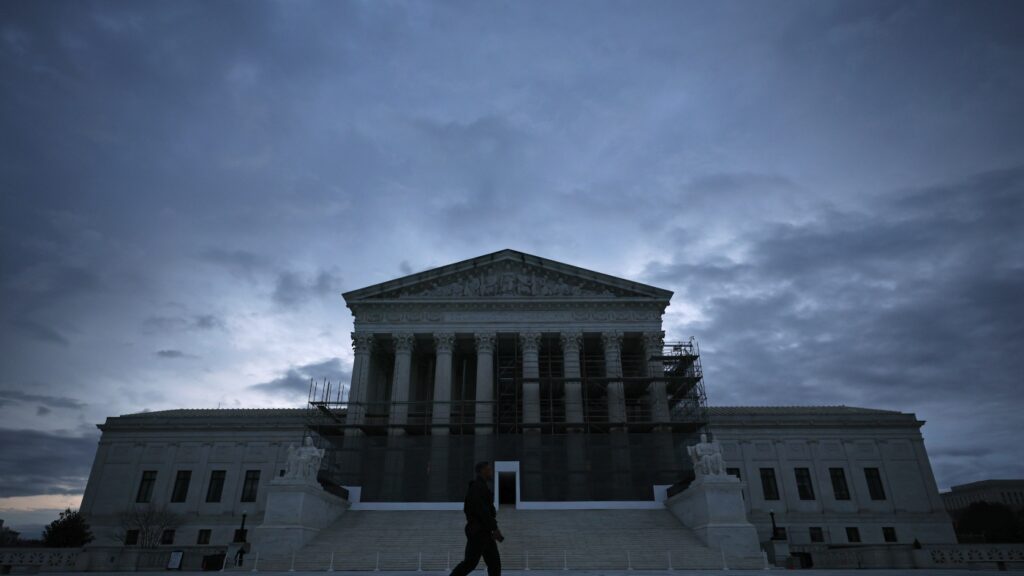The Supreme Court is currently in its final stretch of the term, with about 20 cases yet to be decided, some of which are considered pivotal. The emergence of the emergency docket, also known as the shadow docket, has significantly impacted the court’s workload. Under the Trump administration, the court saw a surge in emergency requests, with a high success rate in getting those requests granted.
The focus on emergency cases has resulted in the court deferring to the administration’s requests without detailed explanations, leading to critical decisions being made swiftly and often in favor of the president’s agenda. This trend has continued into the second term, with a notable increase in emergency actions sought by the administration.
One of the key cases awaiting a decision involves the challenge to birthright citizenship, where Trump argues against the constitutional guarantee of citizenship to all individuals born in the U.S. Additionally, the court is set to rule on cases concerning gender-affirming care for minors, religious rights in public schools, a Texas law restricting access to pornography for minors, and a challenge to the Affordable Care Act’s provision for free preventive care.
The court’s handling of these cases will have far-reaching implications on various issues, including immigration, healthcare, religious freedoms, and the rights of minors. As the term nears its end, the decisions made by the Supreme Court will shape the legal landscape in significant ways.

